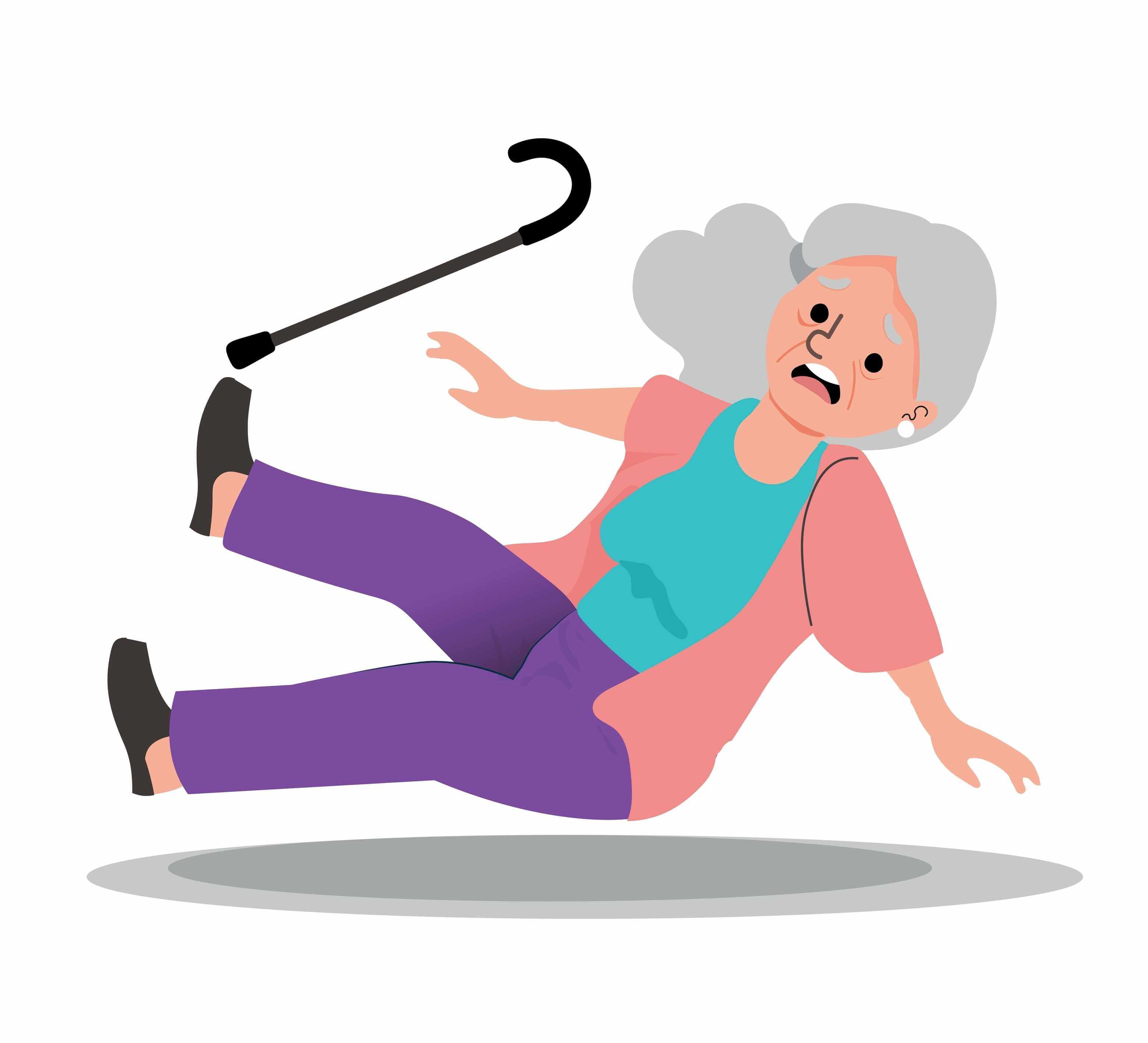Healthcare, Vol. 13, Pages 1204: Surface Electromyography Combined With Artificial Intelligence In Predicting Neuromuscular Falls In The Elderly: A Narrative Review Of Present Applications And Future Perspectives

Healthcare, Vol. 13, Pages 1204: Surface Electromyography Combined with Artificial Intelligence in Predicting Neuromuscular Falls in the Elderly: A Narrative Review of Present Applications and Future Perspectives
Healthcare doi: 10.3390/healthcare13101204
Authors: Yuandan Liao Gang Tan Hui Zhang
Background: Falls among the elderly are a major public health concern, leading to increased disability and mortality. Traditional protective measures are important, but early detection and prevention are equally critical. Surface electromyography (sEMG) signals, which assess muscle electrical activity, can indicate a fall risk by detecting muscle weakness or instability. Objective: This narrative review synthesizes the research progress of sEMG in predicting neuromuscular falls among the elderly. Our goal is to explore the innovative application and development potential of the integration of sEMG and artificial intelligence (AI) in fall prevention among the elderly. Methods: A systematic search of PubMed, IEEE Xplore, and Web of Science (2013–2023) was conducted using the following keywords: artificial intelligence, wearable, sEMG, neuromuscular, and fall prediction. The inclusion criteria prioritized studies integrating sEMG with AI for elderly fall risk assessments, while non-empirical or non-English studies were excluded. Results: AI algorithms hold significant potential in medical applications, and studies on predicting neuromuscular falls in the elderly using sEMG signals have made notable progress. However, limitations include a reliance on simulated data, a lack of standardized models, sensor inaccuracies, and a focus on prediction rather than prevention. To address these challenges, this study proposes collecting authentic sEMG signals from elderly individuals with fall histories and healthy controls. By leveraging AI to develop predictive models and designing a portable sEMG acquisition and analysis system tailored for elderly communities, real-time fall risk predictions and early warnings can be achieved, thereby reducing fall incidences among the elderly. Conclusions: The combination of sEMG and AI presents a substantial promise for predicting neuromuscular falls in the elderly. Future research should prioritize validating models in real-world settings, refining sensor technology and signal processing techniques, and shifting focus toward comprehensive preventive strategies rather than mere prediction. These advancements could significantly enhance the quality of life and health outcomes of the elderly, while alleviating burdens on families and healthcare systems.
Popular Products
-
 Fake Pregnancy Test
Fake Pregnancy Test$61.56$30.78 -
 Anti-Slip Safety Handle for Elderly S...
Anti-Slip Safety Handle for Elderly S...$57.56$28.78 -
 Toe Corrector Orthotics
Toe Corrector Orthotics$41.56$20.78 -
 Waterproof Trauma Medical First Aid Kit
Waterproof Trauma Medical First Aid Kit$169.56$84.78 -
 Rescue Zip Stitch Kit
Rescue Zip Stitch Kit$109.56$54.78